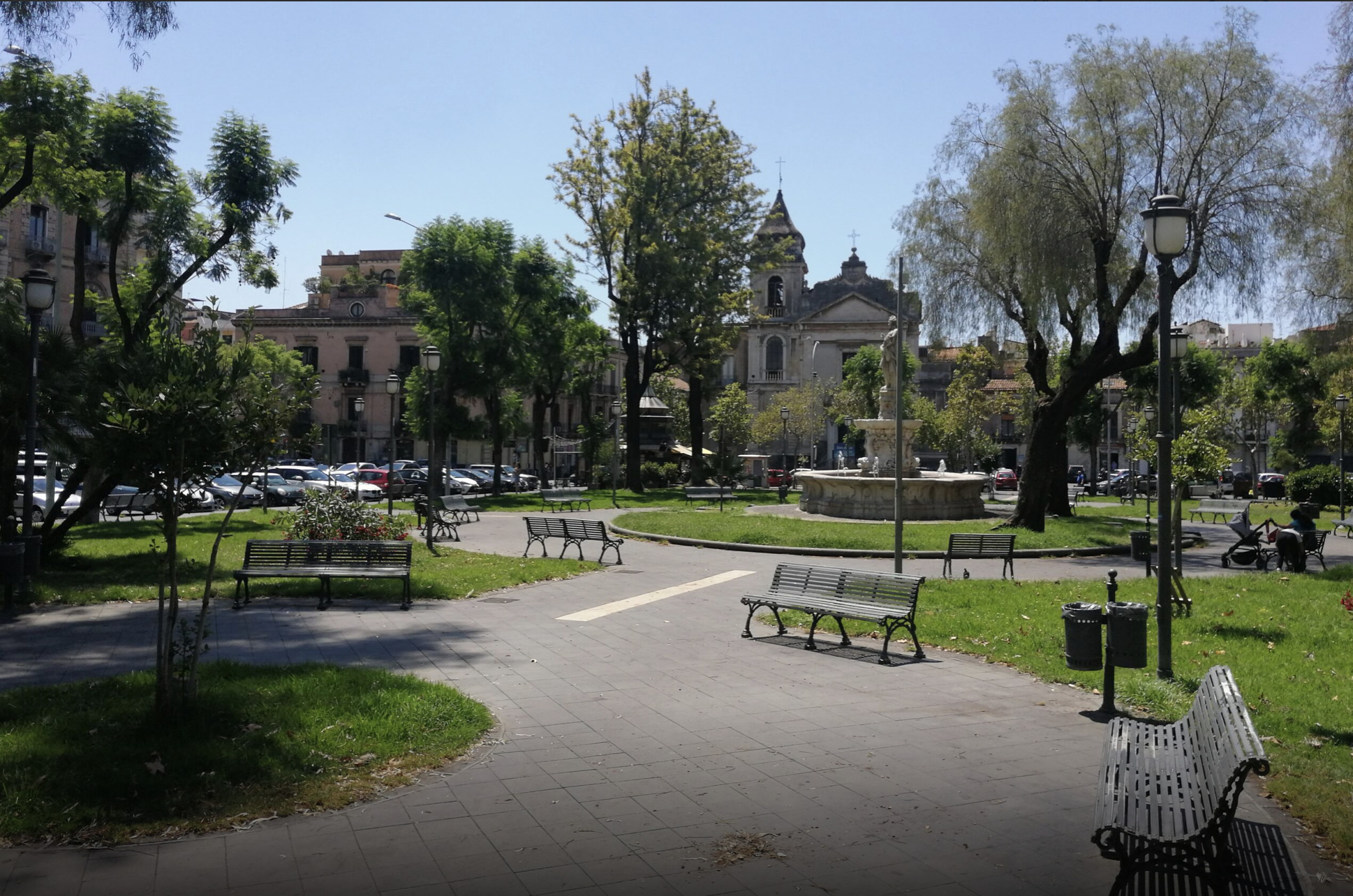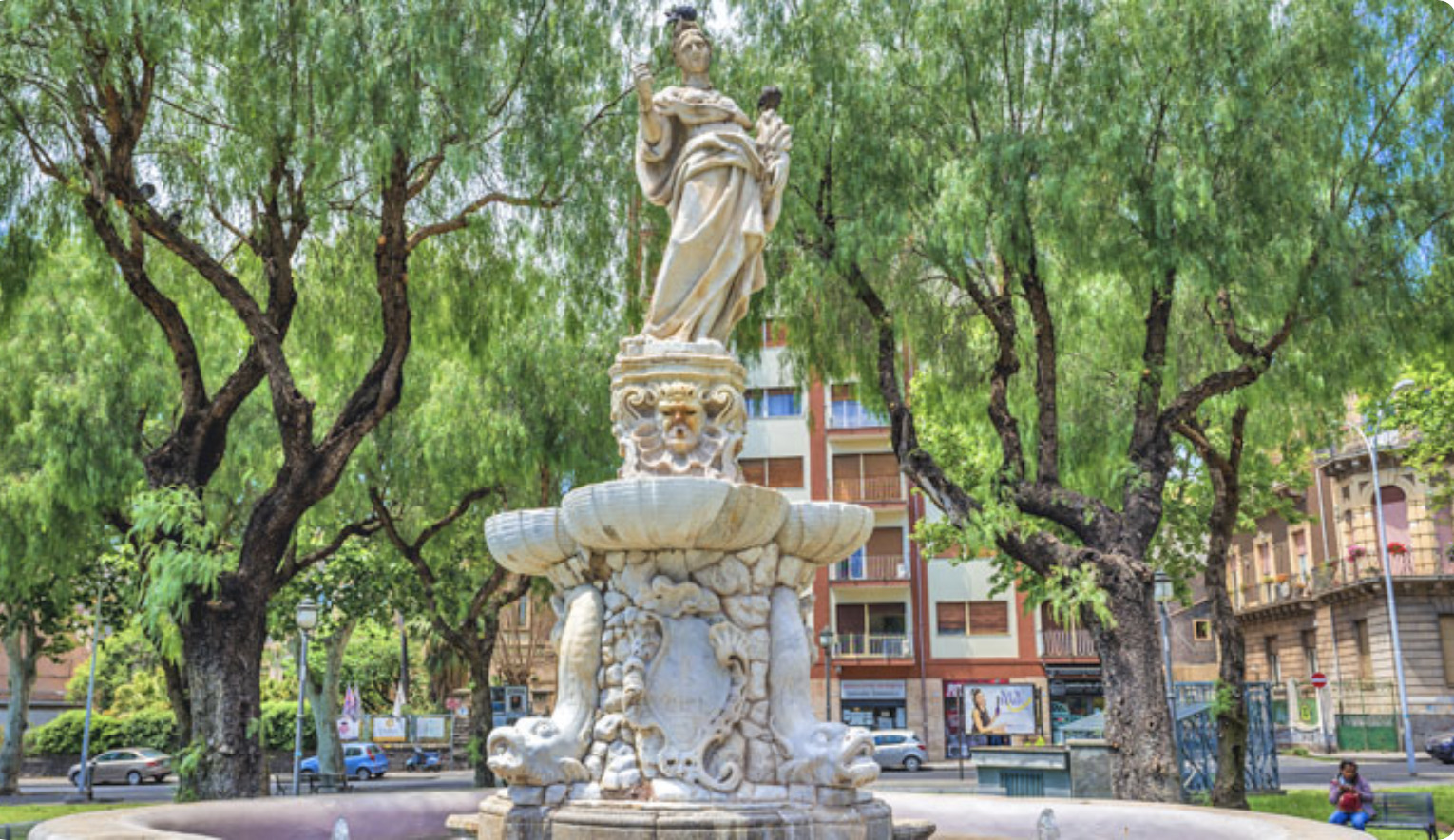THIS IS "BORGO"
ALERT! ⚠️
➡️[E' necessario portare una penna per firmarsi! I log senza firma saranno cancellati.]⬅️
➡️[It is necessary to bring with you a pen for sign-in! Logs without a sign will be deleted.]⬅️

ITA--
Nel 1669 la città di Catania fu rasa al suolo da una violentissima eruzione del vulcano ETNA.
Per ospitare la popolazione del vicino paese di Misterbianco, il sacerdote Giuseppe Locata mise a disposizione il suo terreno proprio fuori dalle mura della città.

Questo territorio, venne chiamato “ il BORGO “, una località rurale o un’espansione della città fuori dal suo centro o mura.
Durante il regno d’Italia la piazza cambiò nome in onore di Camillo Benso, conte di Cavour, anche se tutt’oggi i locals chiamano la piazza “ borgo”.
Ai due estremi della piazza sono presenti le chiese del Santissimo Sacramento al Borgo e di Sant’Agata al Borgo.

Al centro della piazza è presente la fontana di Cerere, scolpita nel 1757 in marmo di Carrara da Giuseppe Orlando. Era stata collocata in piazza Università ma poi spostata perchè considerata poco elegante e perchè non aveva aiutò i cittadini nella carestia del 1757 (in quanto divinità della fertilità e dell’abbondanza).
Proprio in onore della Santa della città, Agata, la notte del 5 febbraio, qui si accendono i fuochi d’artificio che dichiarano l’arrivo della santa presso la chiesa a lei dedicata.
_______________________________________
ENG--
In 1669 Catania was razed to the ground by a very violent eruption of the Etna volcano.
To host the population of the nearby village of Misterbianco, the priest Giuseppe Locata made his land outside the city available.
This land was called " BORGO ", a rural locality or an expansion of the city outside its center or walls.
During the kingdom of Italy, this square changed its name in honor of Camillo Benso, count of Cavour, even if still today the locals call it " borgo ".
At the two ends of the square are the churches of Santissimo Sacramento al Borgo and Sant'Agata al Borgo.
At the center of the square is the fountain of Cerere, sculpted in 1757 in Carrara marble by Giuseppe Orlando. It was first located in the Piazza Università but then moved because it was considered graceless, as it had not helped the citizens in the famine of 1757. (She was the divinity of fertility and abundance.)
In honor of Sant'Agata, saint of the city, on the night of February 5, fireworks are lit here, declaring the arrival of the saint at the church dedicated to her.